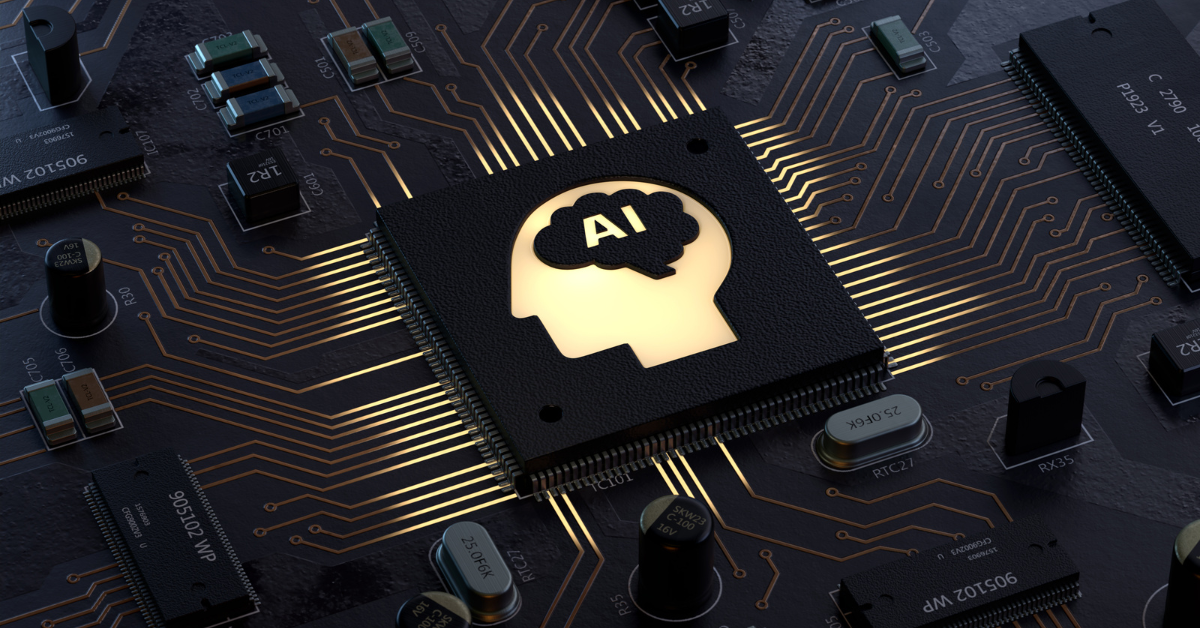If you’ve been anywhere near the healthcare industry (or anywhere as of late), you’ve heard about the massive potential of artificial intelligence (AI). Although it’s been a source of fascination for scientists and innovators for decades, it’s finally entered the mainstream thanks to advancing technology and an explosion in digital health investment.
As technology evolves at an increasing speed, you might feel overwhelmed trying to keep up with the conversation. Here we will cover some basic terms of AI that are key to holding your own. With this terminology, you will be on your way to understanding what AI is and how it works.
To start, if you’ve ever read anything about AI, whether it be in a research paper or a sci-fi novel, you probably run across the term “algorithm.”
What is an algorithm?
An algorithm is a set of instructions for the computer, telling it what and how to perform a task or gather information.
Merriam-Webster defines an algorithm as “a step-by-step procedure for solving a problem or accomplishing some end.” Algorithms are essential for AI software because they direct the computer’s learning process. Without a well-functioning algorithm, the “intelligence” ability to closely mimic a human’s thinking process diminishes quickly.
Now that we have covered that key term let’s discuss artificial intelligence.
What is AI?
Artificial intelligence (AI) is an area of computer science that generally refers to machines and software that can imitate a human brain to complete a task or achieve an outcome. AI systems collect and use the information to improve operations, mimicking the human ability to learn, make decisions, and solve problems.
AI is often used interchangeably with “machine learning” (ML) or “deep learning” (DL). While ML and DL are technically subsets of AI, there is a differentiation between the two that is worth noting.
Machine learning (ML) refers to the ability of computer programs to automatically learn and adapt in response to data without human assistance.
In an article in The Medical Futurist, Márton Görög, a Data Scientist at the Center for Molecular Fingerprinting, defines an ML algorithm as one programmed to “learn to perform a task using training data.” The article further notes, “a regular algorithm performs a task as instructed, while a true AI is written to learn to perform a task.” Deep learning is critical to AI continuing to improve as a human would.
Deep learning (DL) refers to absorbing enormous amounts of data to support ML. Suppose the computer is unable to absorb large amounts of data and process it. In that case, a task is simply performed rather than utilizing machine learning to complete the job, which allows the AI to grow “more intelligent.”
Another common phrase used in the context of AI is “neural network” or “artificial neural network.”
What is a neural network?
While neural networks and artificial neural networks refer to the same thing in AI, the additional word “artificial” differentiates from the “natural” neural network within the human brain. To put it simply, mechanical neurons versus human neurons.
An artificial neural network is a collection of algorithms that loosely imitate the human brain. These algorithms are programmed to recognize patterns. Like the human brain, AI uses robust neural networks to translate real-world data—including numbers, text, or images—into numerical patterns the machine can recognize.
This data and the resulting numerical patterns are then used in the real world. Many industries use AI, as it is much faster for AI to analyze data while detecting patterns and making predictions more quickly than human analysts.
Some real-life applications include:
- Virtual assistants (VAs) like the iPhone’s Siri or Amazon’s Alexa
- Online shopping algorithms that make suggestions based on previous purchases
- Natural language processing to identify speech (often used for automated customer service calls)
How is AI used in healthcare?
For healthcare, AI has been used in clinical studies, technology development, and patient care to make diagnoses or predictions. For example:
- Some mental health apps use AI to analyze the user’s language to detect signs of mental illness, such as suicidal ideation.
- AI may be used to analyze poop (yes, that’s right) to help make health recommendations for people with irritable bowel syndrome.
- Researchers have examined databases with AI algorithms to identify potential medicines (or rule out less effective candidates) for clinical studies, which may help reduce the time and cost of developing therapies.
AI can help sort through large amounts of unstructured data contained in an EHR. Providers have limited time with each patient, and they need every advantage to make treatment decisions more efficiently. EHRs can also analyze patient data to identify trends and help facilities recognize risk factors or safety issues.
Have questions about AI or need help finding the right health tech solution for your organization?


